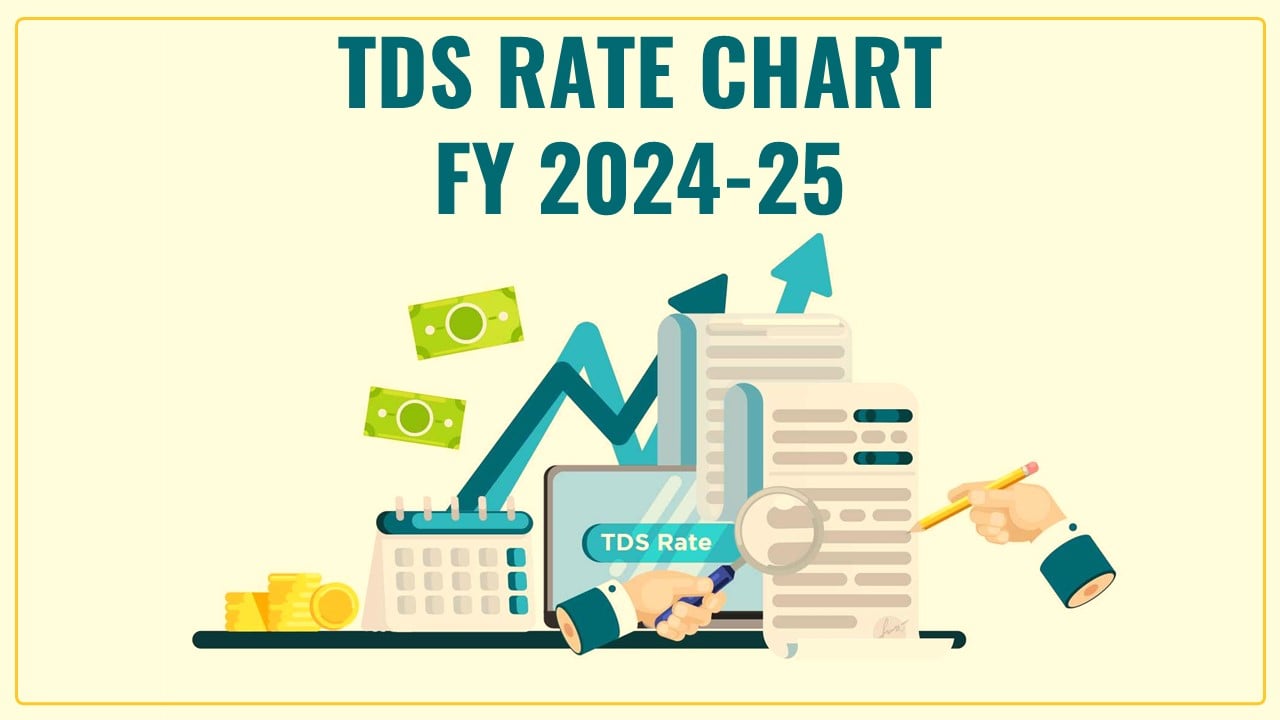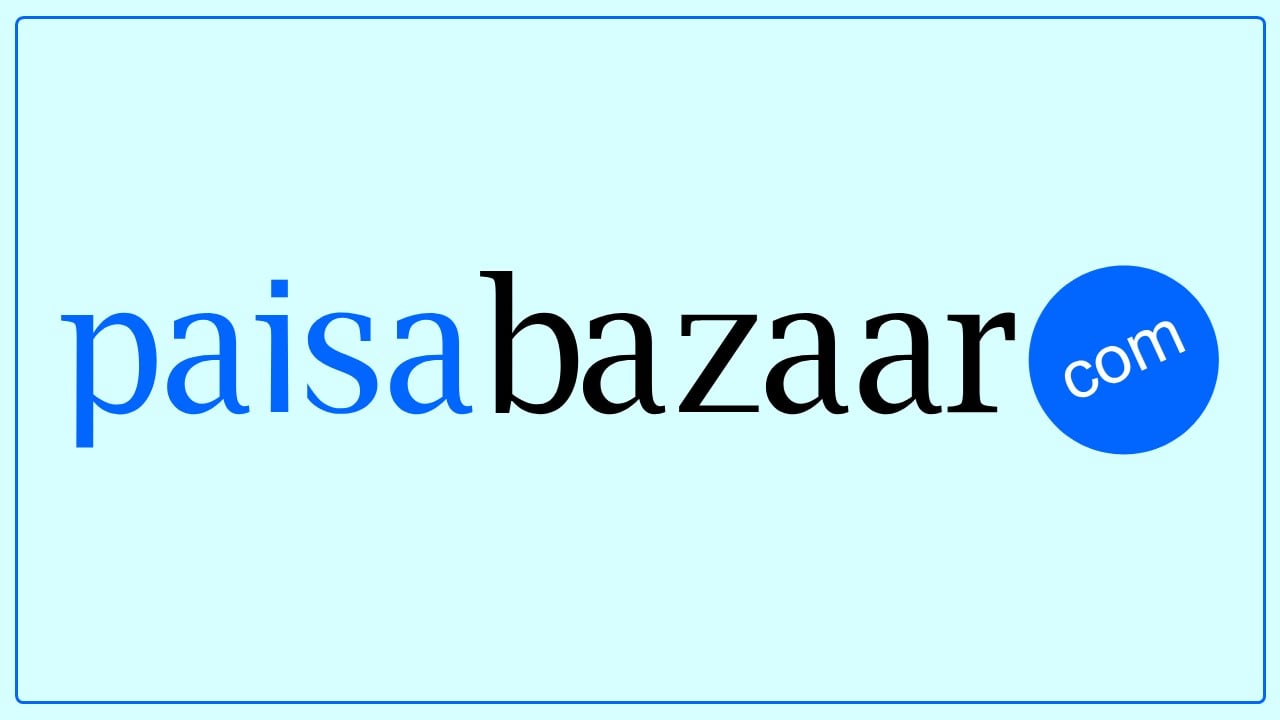![]()
TDS Mismatch while filing income tax Return: Issue & Solution
Taxpayers are eligible for credit towards Tax Deduction at Source (TDS) only if the respective income is offered for taxation during the same assessment year. Mismatch in the TDS is one of the most common issues which taxpayers come across while filing Income Tax Return (ITR). Two issues which are often encountered by the taxpayers are;
- Scenario 1: Taxpayers offer the income for taxation in year 1 but the deductor doesn’t deposit the amount of TDS in the same year but does it in subsequent years.
- Scenario 2:TDS has been done in year 1 but the taxpayers offer the income for taxation in subsequent year(s).
Claiming the TDS credit in such a scenario often poses a problem. Let us discuss the issue of the TDS credit in both the scenario and its probable resolution in view of the recent amendment in the Income Tax Act-1961 by the Finance Act-2023
Scenario 1:
Finance Act-2023 has added sub-section 20 to section 155 so as to resolve the issue of TDS credit if the taxpayers offer the income for taxation in year 1 on accrual basis but the deductor deposits the TDS in year 2 or in subsequent years. For example, Mr. Smart has offered Rs. 5 Lakh as interest income from Mr. X in its ITR for the FY 2021-22 whereas Mr. X has booked it as expenses in year 2 or 3 & so deposited the amount of TDS in subsequent years.
At the time of filing the ITR by Mr. Smart for the FY 2021-22, since the TDS credit was not getting reflected at the income tax portal (i.e., Form No. 26AS), he has filed its ITR without taking this TDS Credit. In subsequent years when Mr. X deposited the TDS & since the income was already offered for taxation by Mr. Smart in earlier years, TDS credit was a cause of concern earlier which is now taken care of by section 155(20). CBDT has recently issued Notification No. 73/2023 so as to incorporate Rule No. 134 & Form No. 71 in the Income Tax Rules to resolve the crucial aspect of claiming tax credit in such a scenario. The provision of section 155(20) can be summarized as under:
- Taxpayers can claim credit towards TDS in subsequent years by making an application in Form No. 71 which will come into operation from October 1st, 2023.
- The form has to be filed electronically either by using a Digital Signature Certificate (DSC) or an Electronic Verification Code (EVC), depending on how the person has filed the ITR.
- After uploading of Form No. 71 by the taxpayers, PDGIT (Systems) or DGIT (Systems) or their authorized representatives will forward Form No. 71 to the Assessing Officer (AO) who will be in a position to give the TDS credit to the concerned taxpayers.
- PDGIT (Systems) and the DGIT (Systems) will be setting up the procedures for submitting Form No. 71. They will also formulate security, archival, and retrieval policies to safeguard the forms.
- Section 155(20) has been drafted in a simple way and reads as under:
“Where any income has been included in the return of income furnished by an assessee under section 139 for any assessment year and tax on such income has been deducted at source and paid to the credit of the Central Government in accordance with the provisions of Chapter XVII-B in a subsequent financial year, the Assessing Officer shall, on an application made by the assessee in such form, as may be prescribed, within a period of two years from the end of the financial year in which such tax was deducted at source, amend the order of assessment or any intimation allowing credit of such tax deducted at source in the relevant assessment year, and the provisions of section 154 shall, so far as may be, apply thereto and the period of four years specified in sub-section (7) of that section shall be reckoned from the end of the financial year in which such tax has been deducted:
Provided that the credit of such tax deducted at source shall not be allowed in any other assessment year.”
Scenario 2:
There are cases wherein TDS is done in year 1 & the taxpayers offer the income for taxation in subsequent years. Credit towards the TDS is subject to the condition that the taxpayers offer the respective income also for taxation. So, if the taxpayers offer the income for taxation in Year 2 then taxpayers cannot get the credit of TDS in Year 1. Further, claiming TDS credit in year 2 also poses a problem as the same is not reflected in the income tax portal (i.e., Form No. 26AS) in the year 2.
For example, Mr. Smart has entered into an agreement for sale of the property in the FY 2022-23 for Rs. 2 Cr. Against sale of property, he has received advance payment of Rs. 75 Lakh from the buyer in the FY 2022-23 after TDS of Rs. 75,000/-. Balance payment of Rs. 1.25 Cr was done by the buyer in the FY 2023-24 after TDS of RS. 1.25 Lakh. In this case, Mr. Smart may be offering the income for taxation in the FY 2023-24 though TDS of Rs. 75,000/- is done in the FY 2022-23. To cover this situation, the option to “carry forward “ & “brought forward” of the TDS is added in the ITR forms. Taxpayers can carry forward the TDS while filing ITR for the FY 2022-23 and can claim the same in the FY 2023-24 by mentioning the same in the column “TDS brought forward” in the FY 2023-24.
Conclusion:
Better late than never. Though the concept of TDS was introduced long back in the income tax law, the process of giving credit to the deductee is still evolving. The recent amendment of giving credit to the taxpayers in subsequent years would indeed benefit a lot many taxpayers.




